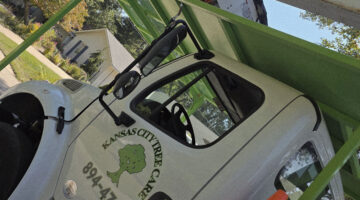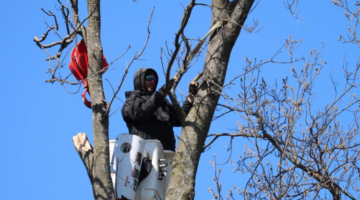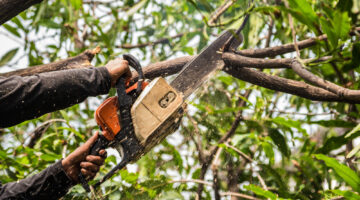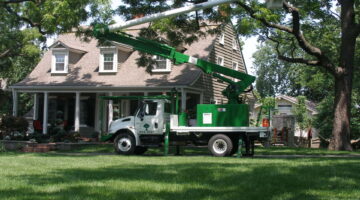Tree trimming is an essential part of maintaining the health and beauty of your landscape. For Kansas City residents, understanding how frequently you should trim your trees can ensure they thrive in the area’s unique climate. The right trimming routine goes beyond aesthetics. It promotes tree health, prevents hazards, and protects property value.
Whether you're pruning for shape, removing broken branches, or addressing tree health concerns, this guide will walk you through everything you need to know about tree trimming in Kansas City.
Factors Influencing Tree Trimming Frequency
Several key factors determine how often you should trim your trees. While general guidelines are a great starting point, these considerations can guide more specific decisions.Tree Species
Each type of tree has unique needs when it comes to trimming. For example:- Deciduous trees (like oak and maple): Often require trimming every 2–3 years due to their growing patterns.
- Evergreen trees (like pines or spruces): Typically need far less trimming, about every 4–5 years.
- Ornamental trees (like dogwoods): Benefit from more frequent, light trims for shaping and health.
Age and Health of the Tree
- Young Trees: Prune young trees every 1–2 years to establish their shape and structure. This early care prevents future structural issues.
- Mature Trees: Larger, established trees may only need trimming every 3–5 years unless health concerns arise.
- Unhealthy Trees: If a tree shows signs of disease, decay, or pest infestations, trimming may be required urgently to prevent further spread.
Tree Location
Where a tree grows also factors into trimming frequency. Trees near homes, power lines, or sidewalks may need pruning more often to maintain safety and prevent potential damage.Seasonal Considerations in Kansas City
Kansas City’s humid continental climate, with its warm summers and chilly winters, directly impacts tree trimming needs.- Late Winter to Early Spring (Ideal for Most Trees): Trimming during dormancy is less stressful for most species and promotes vigorous growth in spring.
- Summer (Selective Trimming): Light pruning of dead or diseased branches is fine, but avoid heavy pruning.
- Fall Avoidance: Trimming in the fall can make trees more vulnerable to fungal infections during wetter months.
General Guidelines for Trimming Young and Mature Trees
Understanding and sticking to a schedule can simplify tree care and ensure your trees stay healthy.- Young Trees: Prune every 1–2 years to shape their growth and remove structural faults early.
- Mature Trees: These require less frequent trimming (every 3–5 years) unless there are safety or aesthetic concerns.
Benefits of Regular Tree Trimming
Trimming trees is about more than just keeping your yard neat. Here are some benefits to consider for both aesthetics and functionality.Enhances Tree Health
Removing dead or diseased branches prevents the spread of disease and promotes healthier growth.Improves Aesthetics
A well-maintained tree adds to the curb appeal of your property, offering a clean and polished look to any landscape.Creates Safety and Reduces Risks
Overgrown branches near power lines or hanging precariously above structures pose a serious risk. Regular upkeep eliminates these hazards.Boosts Property Value
A well-tended lawn with healthy, beautifully shaped trees can significantly boost the overall value of your home. Potential buyers often view mature, well-maintained trees as an added asset.Signs Your Trees Need Trimming
To determine if it’s time for a trim, look out for these warning signs in your trees:- Dead or Diseased Branches: These can harbor pests and disease, impacting overall tree health.
- Broken or Dangling Branches: These are safety hazards and should be removed immediately.
- Overgrown Canopy: If dense branches block sunlight or airflow, thinning the canopy will help.
- Damage After Storms: Heavy storms may leave broken, unsafe limbs in need of attention.
DIY vs Professional Trimming
When it comes to tree trimming, you might wonder whether to tackle the task yourself or hire a pro. Here's how to weigh the options.DIY Trimming
For small, accessible trees with minor trimming needs, DIY is an option. However, it requires proper tools like tree care equipment (e.g., pruning saws, loppers) and safety precautions.Professional Trimming
For larger or hazardous jobs, hiring a certified arborist is the safer (and often smarter) route. Professionals have the tools, training, and expertise to care for trees safely. They can also spot disease, pest, or structural issues you might overlook.Factors to Consider
- Tree size and location.
- Your knowledge and experience.
- Potential risks to safety or property.









